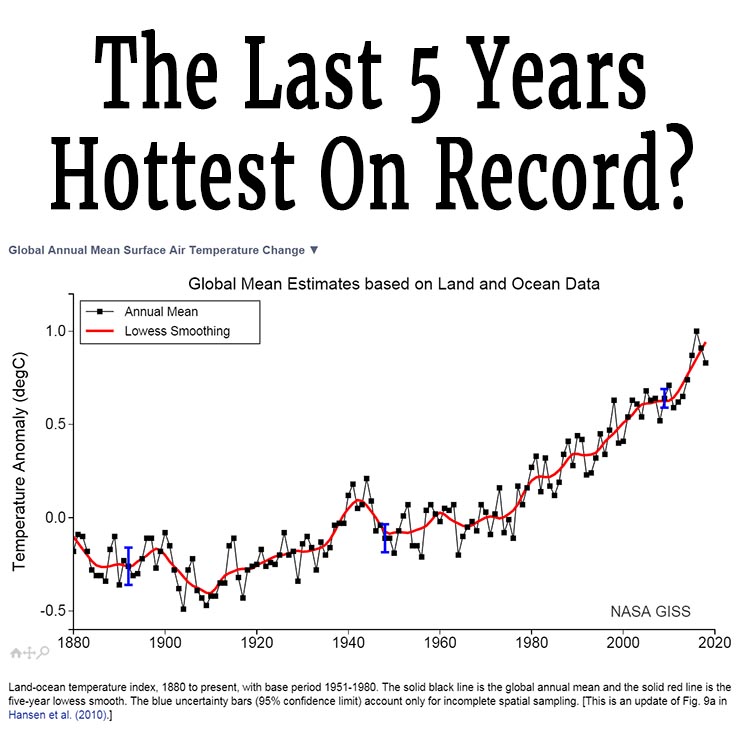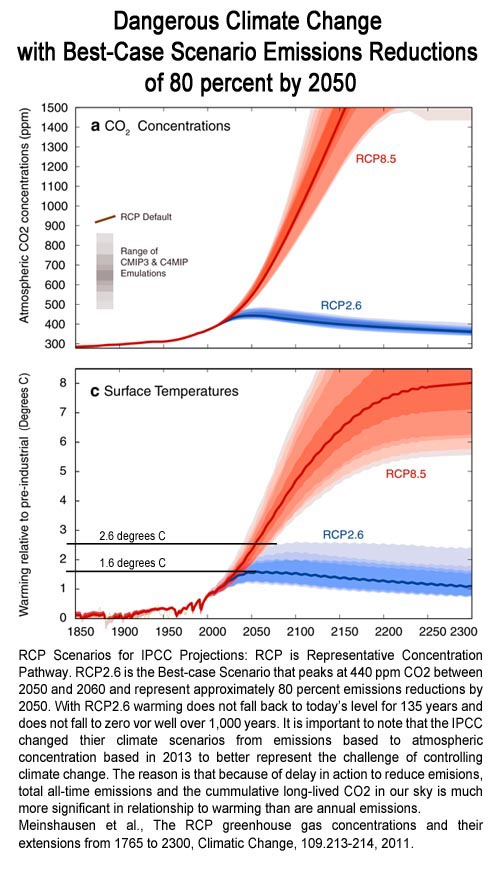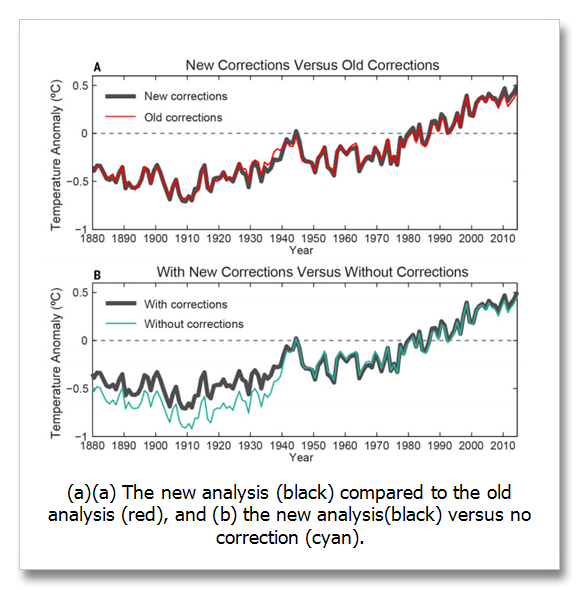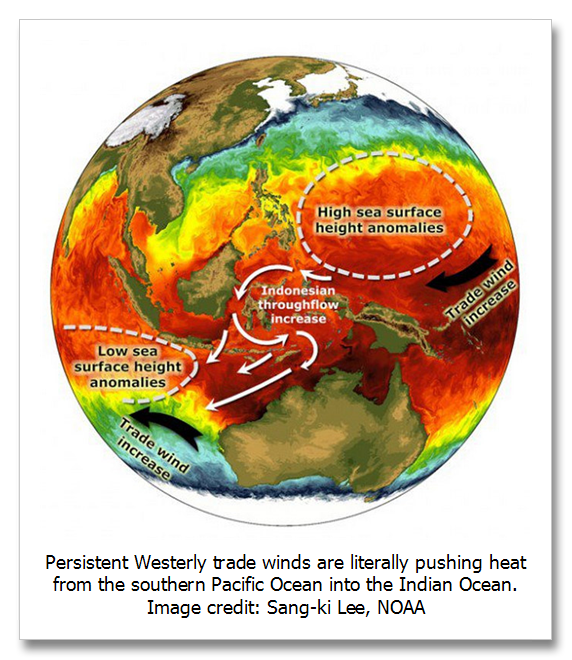
With magical zero emissions tomorrow, equilibrium warming in the pipeline is now 10 degrees C (18 F) in several centuries and 6 to 7 C (11 to 13 F) in 100 years. 10 Degrees C Equilibrium Warming James Hansen is the former 32 year director of the NASA Goddard Institute for Space Studies, the de…



















